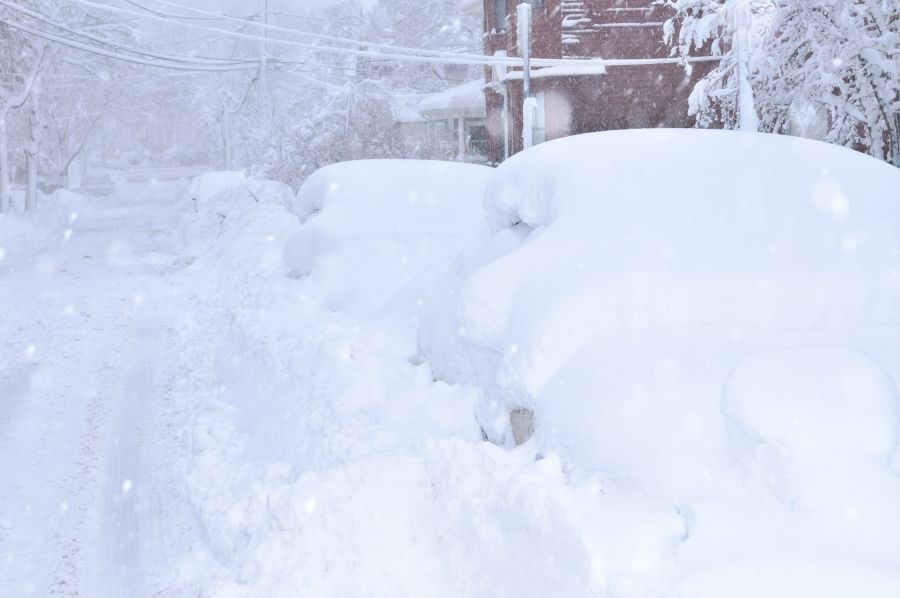Chicago is a land of weather extremes — with January’s freezing temperatures averaging well below freezing and its summers seeing temperatures consistently in the 80s. If you are a builder or property manager planning on construction services throughout the fall and winter, it will be important to consider the atmospheric conditions such as temperature and humidity to ensure a quality outcome. When it comes to drywall installation services, these two factors can play a major role in the beauty and integrity of each board. Relative humidity, absolute humidity, and the dew point can all affect the drywall’s finish, well as its long-term quality.
For those looking for professional drywall contractors in Chicago, the AZ Drywall Finishing team is here to provide outstanding results regardless of the weather. We understand the Windy City’s intense fluctuations in humidity, and work hard to provide consistently ideal results on the first try.
Today, we’ll discuss the impact that these environmental factors can play in your building renovation or building process. If you are looking for a quote, be sure to call our local drywall company today!


